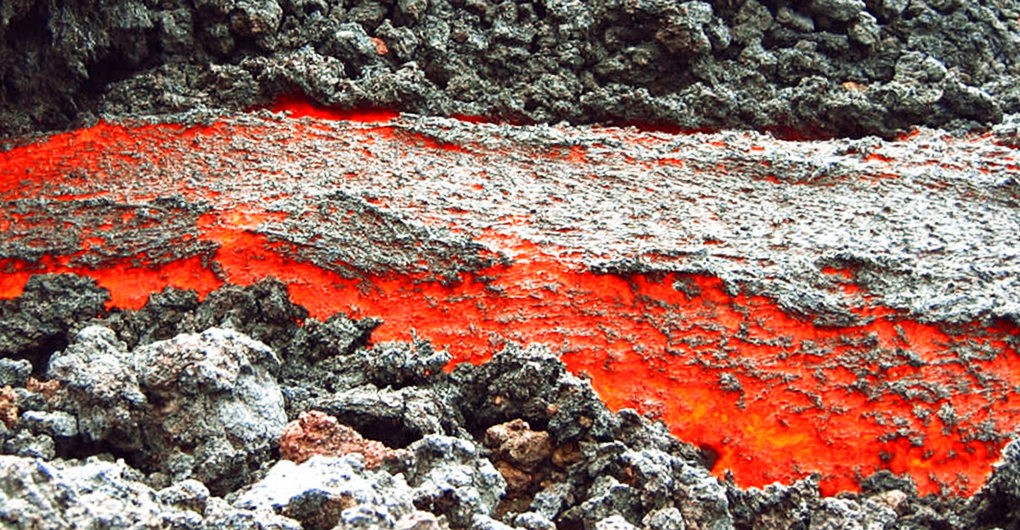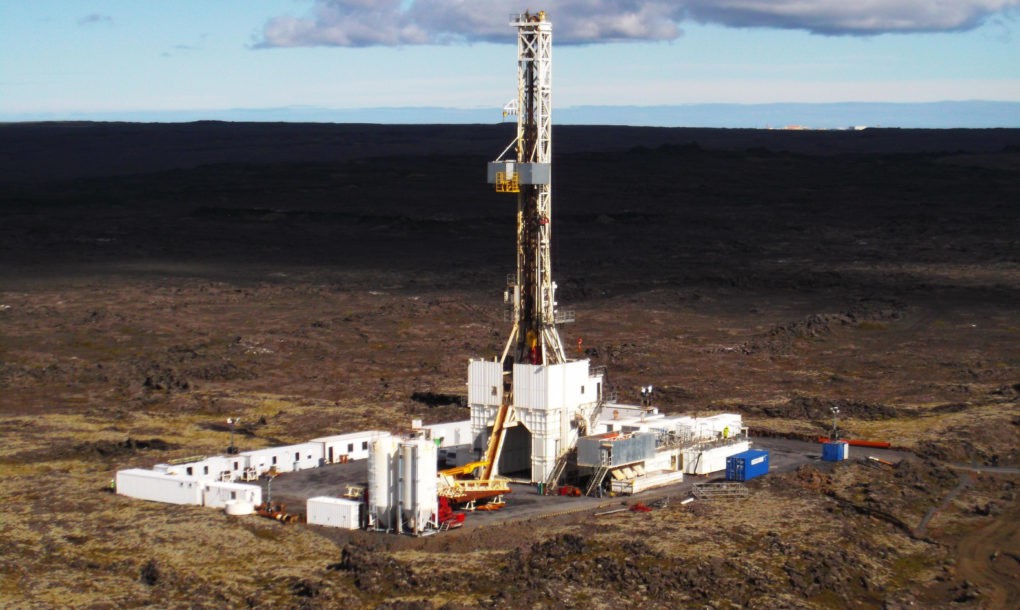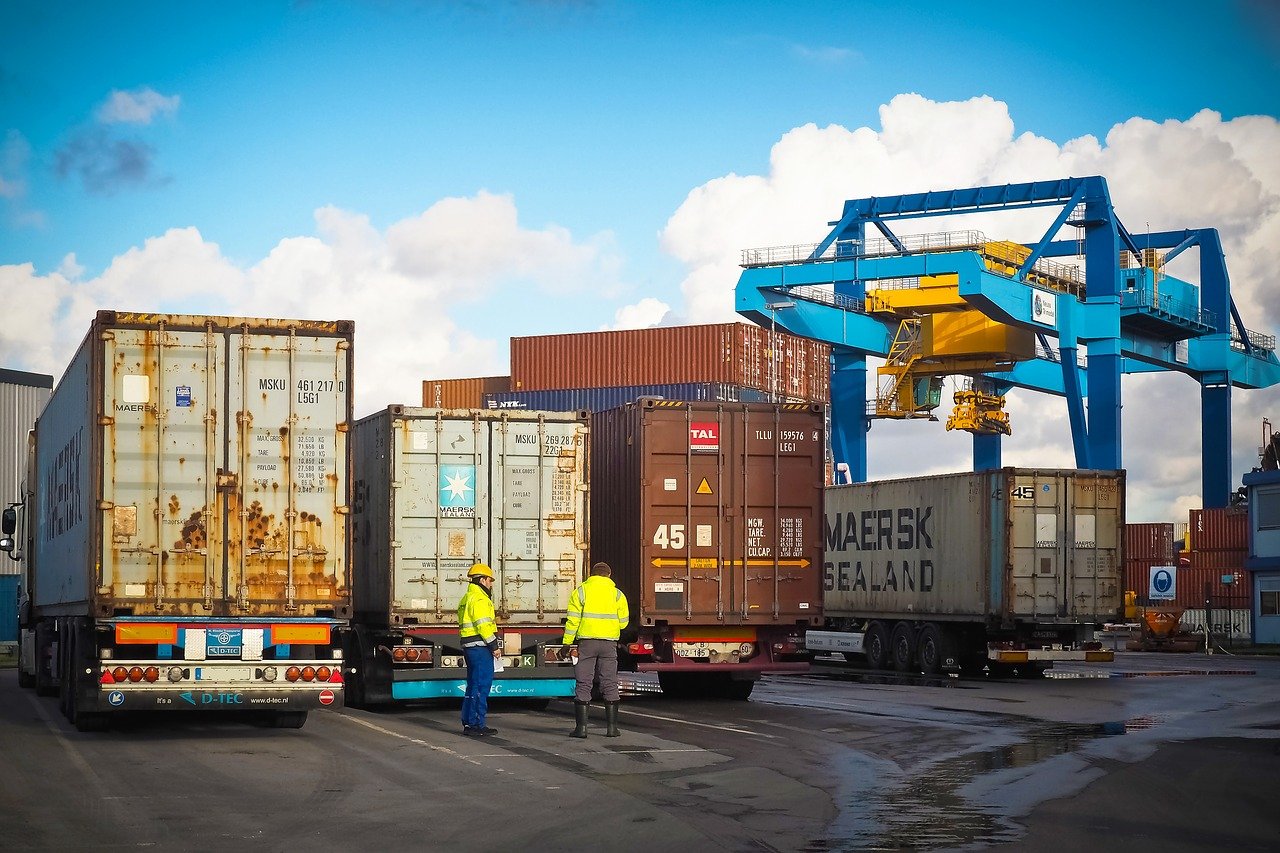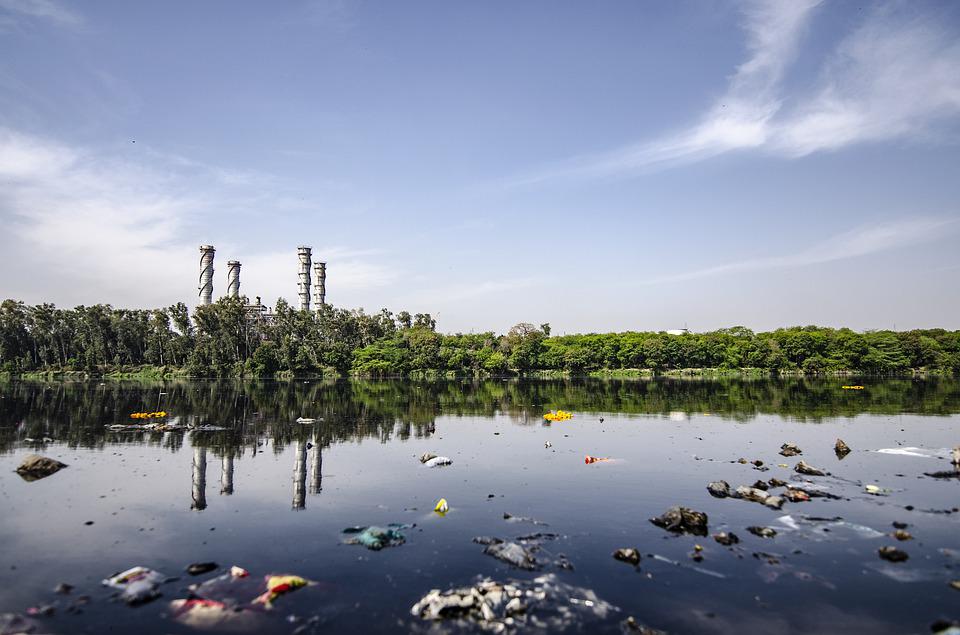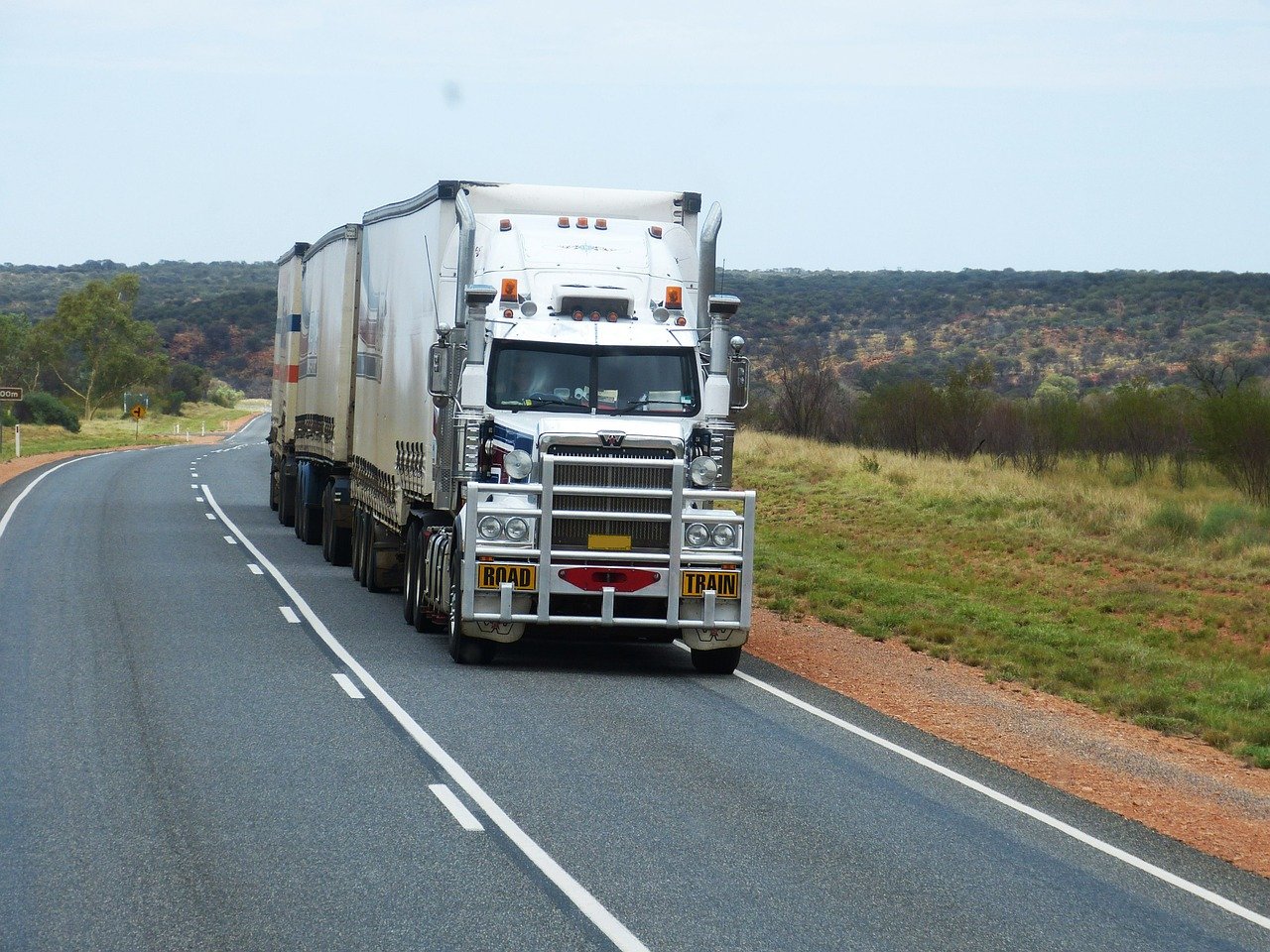Iceland is a pioneer in the use of geothermal energy and the only country in the world which obtains 100% of its electricity and heat from renewable sources. Most of its energy comes from geothermal power and hydropower.
Now, a new project is being undertaken, the Iceland Deep Drilling Project (IDDP), with the hope to create a most powerful new sustainable energy source. Workers are drilling down into the molten magma inside volcanoes. This involves drilling a 5-km (3.1-mile) deep hole on the Reykjanes peninsula near an extension of the Mid-Atlantic ridge, where heat oozes between Earth’s tectonic plates.
With temperatures between 400 ºC and 1,000 ºC, it is the world’s hottest hole and has the potential to generate ten times more electricity than typical geothermal sources.
Traditional geothermal wells involve drilling into hot rocks to tap geothermal energy. However, this project involves drilling a hole to tap the energy from magma oozing into volcanoes. The aim of the team behind this initiative is to use the combination of extreme heat and very high pressure to generate supercritical steam, which carries much more energy than normal steam.
This supercritical steam has the potential to produce an energy capacity of up to 50MW in comparison to 5MW from a typical geothermal well.
Wilfred Elders, a geologist at the University of California, Riverside, who is a long-term collaborator on the project, says, “Potential sites for supercritical geothermal resources occur worldwide, where young volcanoes occur.”
Although it sounds thrilling, the fact of the matter is the project is still in its early stages. If it proves to be viable, it will be beneficial for numerous regions around the world.

